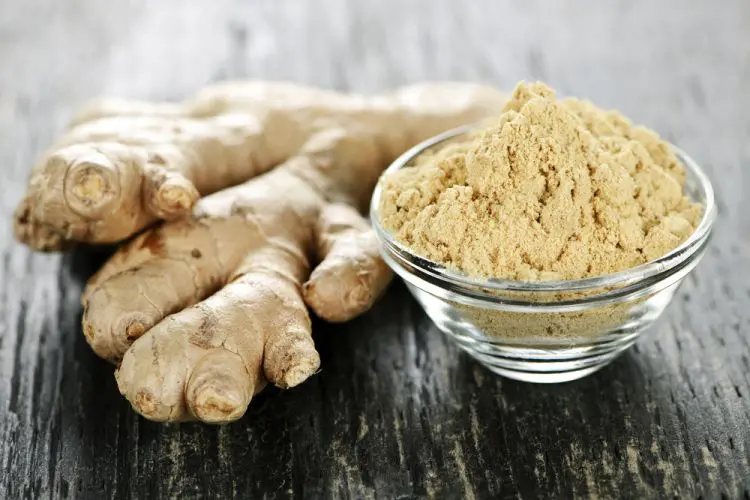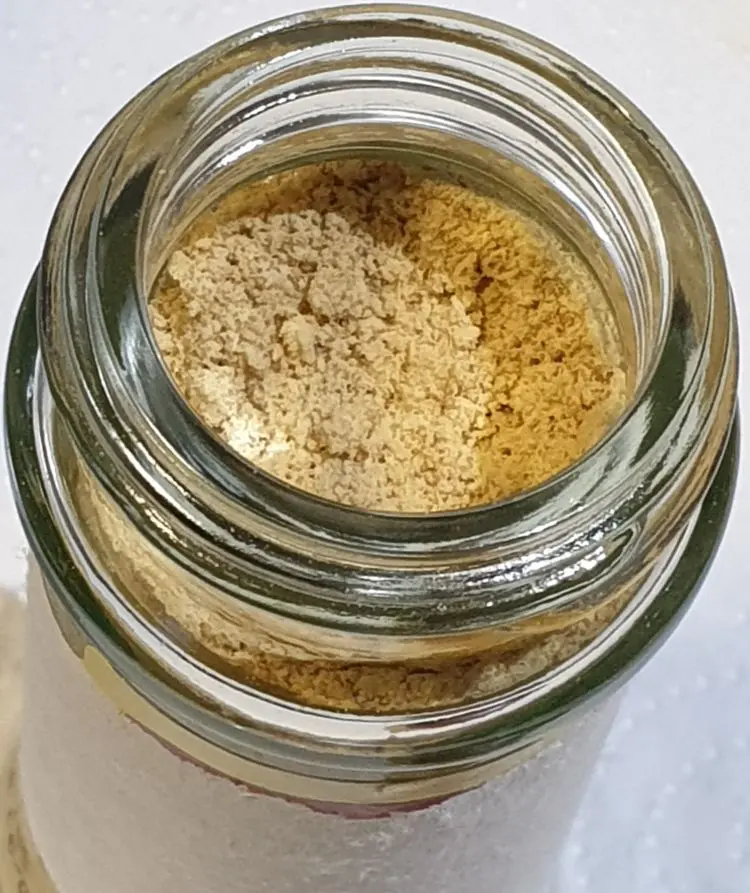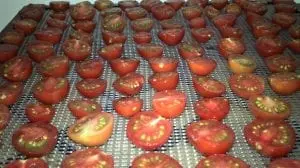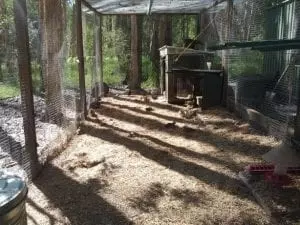When it’s time to harvest your fresh ginger, what do you do with it all? Sure, you eat some, and you keep some for planting next season, but then what? What do you do with the rest of it?

Ginger is a valuable crop to grow at home because it commands a high price in both supermarkets and farmers markets. But it’s not like a vegetable that you can use up quickly, so when you get the harvest at the end of the season, you need to put it to best use. And you can’t succession sow it either- it’s pretty much the ‘one big annual crop’ type of plant.
Winter is ginger harvest time here in south-east Queensland so we’re at the pointy end of these questions right now (July 2022). We have recipes for crystallised ginger, ginger beer, ginger syrup, and more, but this year I decided to make my own powdered ginger (as well as eating it fresh, of course!). Making powdered ginger from fresh ginger is an easy process, if a little time-consuming. There’s just 2 steps to take: first you dry the ginger, then turn it into a powder.


The first step is to harvest then wash your ginger well. Pat each piece dry with a towel or paper towel.


Once your ginger is dry, you need to peel it. The skin comes away from ginger quite easily, and a vegetable peeler makes a quick job of it. If you don’t have a peeler, a simple spoon will also do the job.

Next, slice the ginger ready for drying. Try to make the slices as as thin as possible. The thinner the slices, the more quickly and evenly they will dry. Using a mandolin, if you have one, will make consistently even slices.
There are 3 ways you can dry ginger (or anything you want to dehydrate). Firstly, you can dry it naturally on a windowsill. This is the least efficient method, as it is very slow & relies on a dry climate. Secondly, you can use a food dehydrator. These machines are highly effective, and will dry your ginger beautifully in 2-4 hours.

The most common way to dry foods is with the trusty oven, which is what I did. When using an oven, keep it on the lowest possible temperature setting, because you want to dry the ginger, not cook it. Check it every 20 minutes or so, and if your lowest setting is still too hot, leave the oven door ajar. The oven method should dry your ginger in around 4 hours.
Once your ginger is dry, set it aside to cool completely. This is important, because you need to check that it is dry enough to be able to snap crisply into pieces- like a potato chip. If you can’t, pop it back into the oven a while longer. Ginger needs to be thoroughly dry before storing or grinding because any residual moisture will allow harmful bacteria to grow.

You can turn your dried ginger into a powder in either a spice (coffee) grinder or a food processor. I used a food processor and it worked brilliantly. Either way, simply blitz it for several minutes until you have a fine powder.


I like to put the powder through a sieve to make sure there are no lumps or fibres. This step isn’t a necessity, but I like to do it just to be sure. The older the ginger you use, the more likely you are to have fibres & larger pieces remaining. If so, you can always grind them again.

I sifted my powdered ginger into some recycled supermarket spice jars. These will store well on the shelf for at least months and 12+ months in the freezer. Now you know how easy it is to make ginger powder- remember this method will work for most other spices & herbs too!













